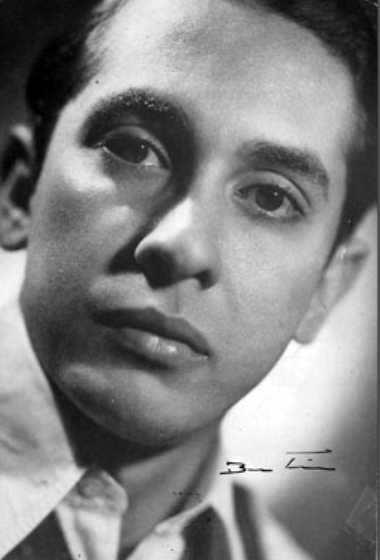4.1.2.9.1 The establishment of Cintio Vitier (1921 – 2009) as a poet of our language

Cintio Vitier’s work, written under the Republican aegis, was substantially fertile, beginning with the “Poems” he conceived in 1938. These poems already reveal the signs of his peculiar relationship with the world and with poetry as a part of it. The interrogation of reality appears practically constant; his surroundings provoke an admiring estrangement in him, when he states: “The noisy life blinds me.”
This collection of poems was followed by the one entitled “Luz ya sueño” (Light and I Dream), 1942, and “Palabras perdidas” (Lost Words), 1941-1942, in which we can see this eagerness for reality, which is also eagerness for knowledge, related at the same time to the natural – real and poetry, insofar as the latter involves a way of intellectual apprehension of the world, although also sensitive, which prevailed in Cintio’s case.
Exegetes of the bard’s vast oeuvre maintain that during this period, marked by the publication of the aforementioned pieces, the influence, never mimetic, of the poetic cosmos of Juan Ramón Jiménez prevailed. He had visited the island and whose style of poetry had impacted the young Cintio, especially with regard to the Spanish poet’s peculiar relationship with reality and the purity of his language; although purism was not embraced as a fundamental aesthetic in Cintio’s case.
In his early notebooks, one also perceives the sense of a “hollowness” in reality, emptiness, absence, which can be interpreted as a lack that is not only material—albeit included in his reflections on poverty—but spiritual and ethical, impossible to dispel with words. In this sense, the poet distrusted words as the essence of poetry, giving fundamental weight to life and its fullness.
Regarding this stage of his creative work, Vitier himself notes in “Ten Cuban Poets”:
“I soon began to feel dissatisfied with that book (Poems, 1938) and to attempt other forms of expression more imbued with my intuitions and hopes, which was possible for me after several years of dark bewilderment (which are those of my intervention in Espuela de Plata and Clavileño), through the experience of that same darkness and the reading of two objectively irreconcilable poets: José Lezama Lima and César Vallejo. (…) It was the time of “Sedienta cita” (1943) and “Experiencia de la poesía” (1944) (…). I now understand that my initial books, unpublished or revised, contain the impulse and the issues, and that my writing only knows how to grow in concentric circles.”
Vitier thus expresses the sense of permanence of the motives of his poetics, which nevertheless expands toward topics and modes of expressing the surrounding reality, with which the poet is imbued and already captures with a quality that makes him a fixture in our lyrical tradition from these first steps. His poetic cosmos always transcended the universe of words in pursuit of an authentic connection with reality.








